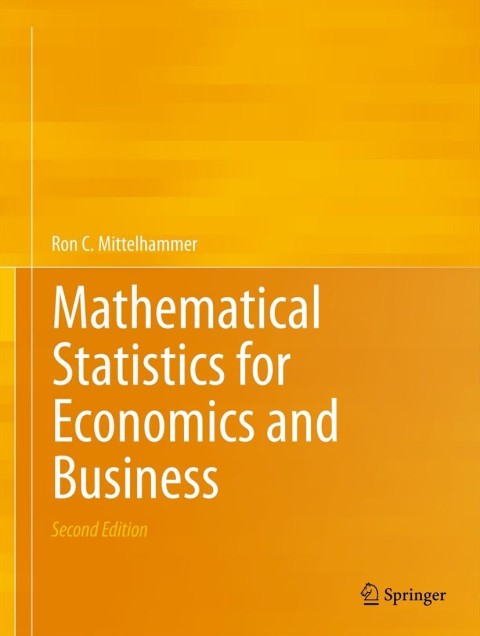Randomized Test It was demonstrated in Example 9.10 that the choices of size for most powerful tests
Question:
Randomized Test It was demonstrated in Example 9.10 that the choices of size for most powerful tests of the hypothesis \(H_{0}: p=.2\) versus \(H_{a}: p=.8\) was quite limited. Suppose that a .05 level test of the null hypothesis was desired and that you were willing to utilize a randomized test. In particular, examine the following randomized test rule:
\(x \geq 8 \Rightarrow \operatorname{reject} H_{0}\)
\(x=7 \Rightarrow\) reject \(H_{0}\) with probability \(\tau\), do not reject \(H_{0}\) with probability \((1-\tau)\)
\(x \leq 6 \Rightarrow\) do not reject \(H_{0}\)
To implement the rule when \(x=7\) occurs, a uniform random number \(z\) with range \((0,1)\) could be drawn, and if \(z \leq \tau, H_{0}\) would be rejected, and if \(z>\tau, H_{0}\) would not be rejected.
(a) Find a value of \(\tau\) that defines a .05 test of the null hypothesis.
(b) It is possible that two analysts, using exactly the same random sample outcome and using exactly the same test rule could come to different conclusions regarding the validity of the null hypothesis. Explain. (This feature of randomized tests has discouraged their use.)
(c) Is the test you defined in
(a) an unbiased size . 05 test of the null hypothesis?
(d) Is the test you defined in
(a) a most powerful size .05 test of the null hypothesis?
Step by Step Answer:

Mathematical Statistics For Economics And Business
ISBN: 9781461450221
2nd Edition
Authors: Ron C.Mittelhammer





